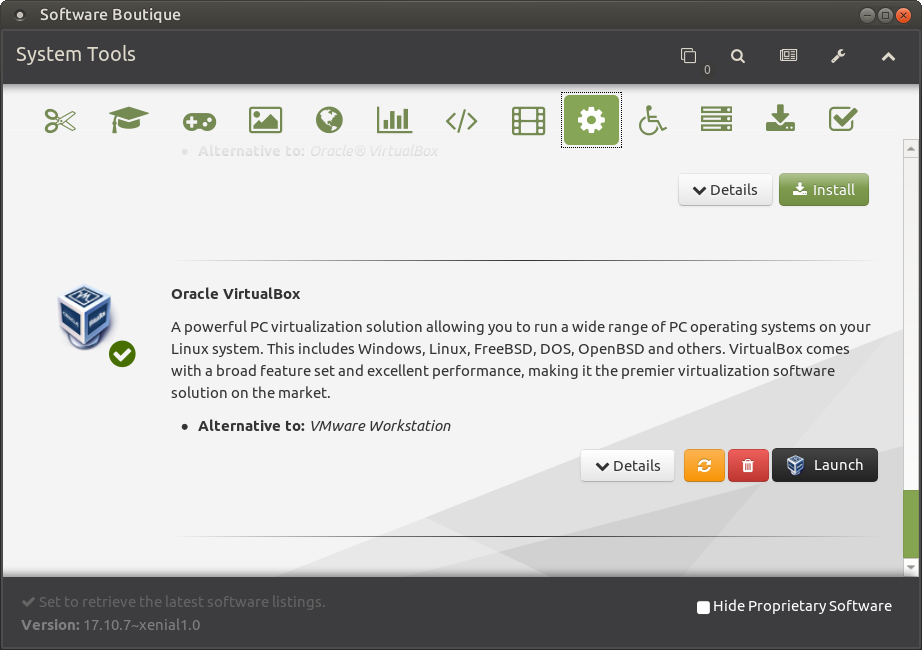
The default filesystem is Btrfs, with compression enabled and /home in its own subvolume. There are less visible tweaks under the hood as well.

It's not any default collection of tools, and while some are unfamiliar, it gave us the impression of being carefully selected. It has a few extra tools such as the MarkText Markdown editor, the Foliate ebook reader, and VLC for media playback. Zinc also features components drawn from several other desktops, such as the Text Editor and System Monitor from GNOME 42 and the Atril document viewer from MATE. There are two file managers installed by default: Xfce's standard Thunar, plus the Nemo file manager from the Cinnamon desktop, configured with an orthodox two-pane layout which reminded us of Total Commander.

The desktop is a carefully tweaked setup of Xfce. Zinc has a customized Xfce layout with DockBarX and Nemo configured like an orthodox file manager If there isn't a repo, deb-get installs it directly from the vendor's website, or from releases published on Github – and in that case, deb-get will update the program for you as well. If there's a Debian format repository, deb-get will automatically add it for you, and the software will then get updated along with the rest of the OS. The program lets you install, update, and remove apps from a curated collection of software available as native packages, without managing APT repositories yourself. Created by Martin Wimpress, the founder of Ubuntu MATE, deb-get utilizes the fact that many software vendors offer native Debian packages.

If you need proprietary freeware, Zinc also has deb-get.

Nala is a Python-based replacement for the apt command, which integrates some of the features of Fedora's dnf tool, such as parallel downloads and more readable output. For installing software from the Ubuntu repositories, Zinc has an improved command-line package manager called Nala, which we mentioned recently.


 0 kommentar(er)
0 kommentar(er)
